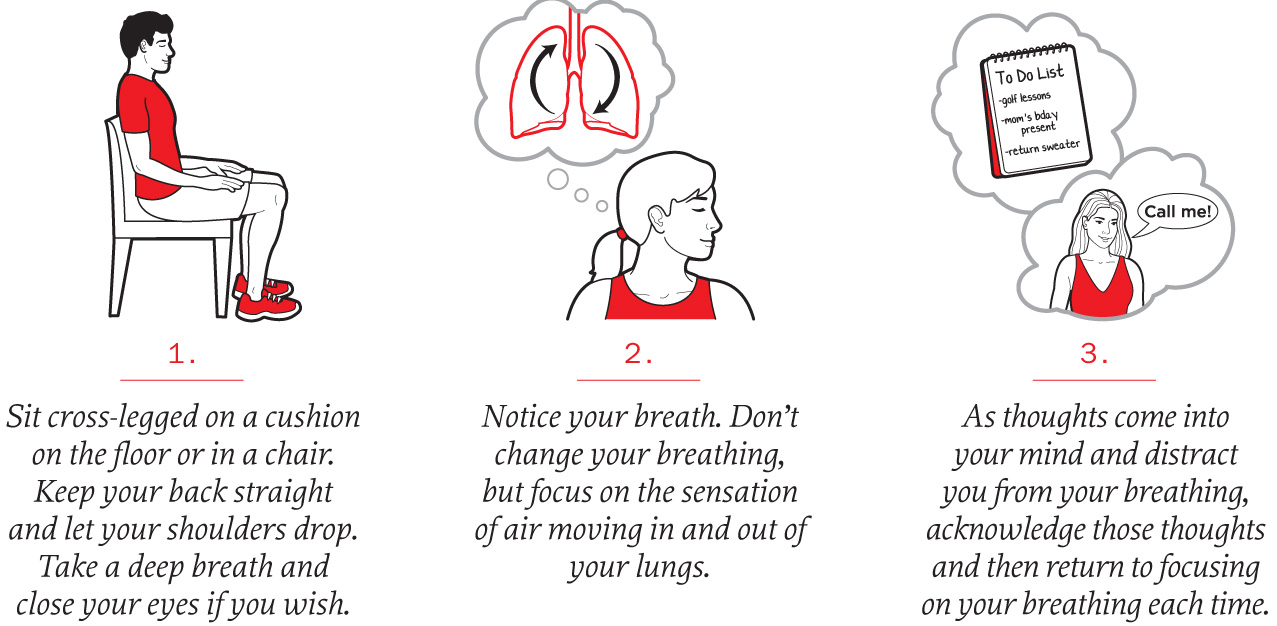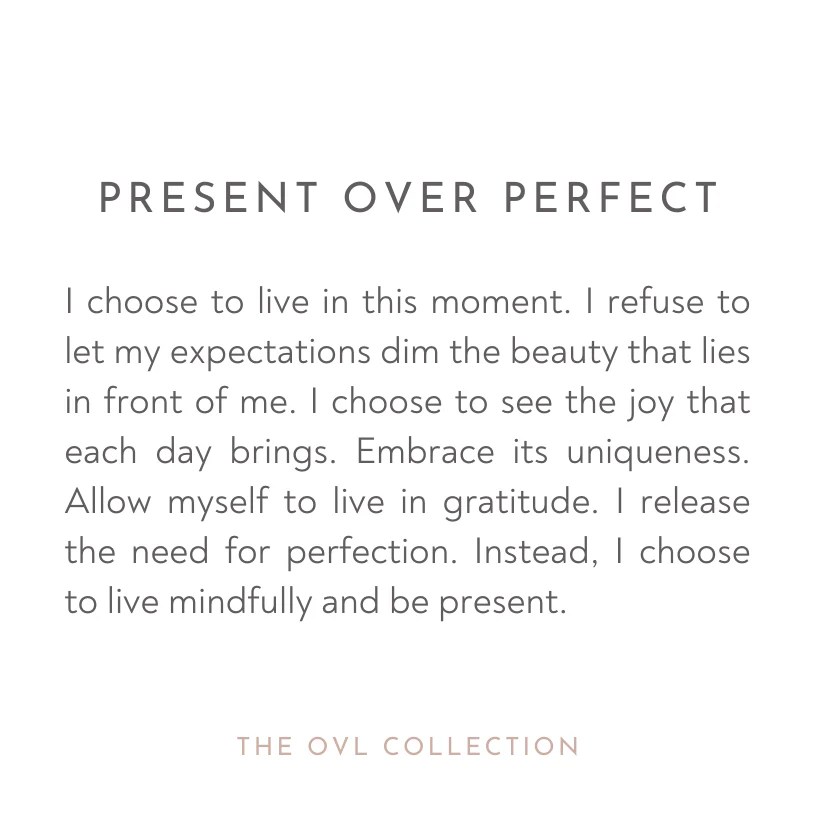How to Meditate for Becoming More Present and Mindful sets the stage for exploring the transformative practice of mindfulness meditation, offering insights into its benefits and practical techniques.
Delving deeper, we will uncover the significance of creating a conducive meditation space, overcoming challenges, integrating mindfulness into daily life, and tracking progress to stay motivated on this enlightening journey.
Introduction to Mindfulness Meditation

Mindfulness meditation is a practice that involves focusing your mind on the present moment, without judgment. It encourages awareness of your thoughts, feelings, and surroundings, allowing you to be fully present in the here and now.
For those seeking mental and emotional freedom through meditation, this resource on How to Meditate for Achieving Mental and Emotional Freedom is a must-read. Discover effective meditation practices to help you navigate your thoughts and emotions with ease.
In today’s fast-paced world, where distractions are abundant and stress levels are high, the importance of being present and mindful cannot be overstated. Mindfulness meditation offers a way to step back from the chaos of daily life and cultivate a sense of calm and clarity.
Benefits of Mindfulness Meditation
- Reduces stress and anxiety
- Enhances emotional well-being
- Improves focus and concentration
- Promotes better sleep
- Fosters self-awareness and compassion
Techniques for Mindfulness Meditation

Practicing mindfulness meditation involves various techniques that can help beginners cultivate a sense of presence and awareness in their daily lives. One of the fundamental techniques is focusing on the breath, which serves as an anchor to the present moment.
Focusing on the Breath
One of the simplest and most effective techniques for mindfulness meditation is focusing on the breath. By bringing attention to the natural rhythm of your breath, you can anchor yourself in the present moment and cultivate a sense of calm and awareness.
-
Begin by finding a comfortable seated position and closing your eyes. Take a few deep breaths to center yourself.
-
Notice the sensations of each inhale and exhale, focusing on the rise and fall of your chest or the coolness of the air entering your nostrils.
-
When distractions arise, gently guide your attention back to the breath without judgment. Repeat this process for a few minutes to gradually build your focus and awareness.
Body Scan Meditation
Another effective technique for enhancing mindfulness is body scan meditation, which involves systematically focusing on different parts of the body to bring awareness to physical sensations and release tension.
-
Start by lying down in a comfortable position and bringing attention to your toes. Slowly move your awareness up through each part of your body, noticing any areas of tension or discomfort.
Looking to incorporate crystal healing into your meditation practice? Learn 5 techniques on How to Meditate with Crystal Healing: 5 Techniques. This innovative approach can enhance your meditation experience and bring about a sense of balance and clarity.
-
With each breath, imagine sending relaxation and presence to that specific body part, allowing it to soften and release any holding.
-
Continue scanning through your entire body, from your toes to the top of your head, until you feel a sense of deep relaxation and connection to the present moment.
If you want to achieve a more mindful and peaceful life, you should definitely check out this guide on How to Meditate for Achieving a More Mindful and Peaceful Life. It provides valuable insights and techniques to help you on your meditation journey.
Creating a Meditation Space

Creating a serene and tranquil meditation space is essential for cultivating a peaceful mind and achieving mindfulness. By setting up a dedicated area for meditation, you can enhance your practice and deepen your connection with the present moment.
Setting the Scene
- Choose a quiet and clutter-free area in your home where you can meditate without distractions. This could be a corner of a room or a cozy spot by a window.
- Opt for soft lighting with candles or a salt lamp to create a calming ambiance. Natural light is also ideal for a refreshing atmosphere.
- Consider incorporating elements like cushions, a meditation mat, or a comfortable chair to support your posture during meditation.
- Play soothing music or nature sounds in the background to help you relax and focus your mind. Avoid anything too loud or distracting.
- Add elements of nature such as plants or a small indoor fountain to bring a sense of peace and tranquility to your meditation space.
Overcoming Common Challenges
When embarking on a journey of mindfulness meditation, it is common to encounter challenges that may hinder your practice. It is important to acknowledge these obstacles and learn how to overcome them in order to cultivate a more present and mindful state of being.
Dealing with a Wandering Mind
- Recognize and acknowledge when your mind starts to wander during meditation. Instead of getting frustrated, gently bring your focus back to your breath or a chosen point of concentration.
- Practice non-judgmental awareness. Rather than criticizing yourself for having a wandering mind, observe the thoughts without attachment and let them pass by like clouds in the sky.
- Use anchors such as counting your breaths or body scan techniques to redirect your attention whenever you notice your mind drifting away.
- Consider guided meditation sessions or mindfulness apps that can help you stay focused and provide gentle reminders to bring your awareness back whenever needed.
Cultivating Patience and Self-Compassion
- Understand that meditation is a practice that takes time to develop. Be patient with yourself and avoid setting unrealistic expectations.
- Acknowledge that moments of distraction or difficulty are a natural part of the process. Treat yourself with kindness and compassion, just as you would a friend facing a similar challenge.
- Practice self-compassion by offering yourself words of encouragement and understanding when faced with obstacles during meditation. Remember that it is okay to have ups and downs in your practice.
- Acknowledge your progress and growth along the way. Celebrate small victories and milestones, even if they seem insignificant. Every moment of presence and awareness counts towards your mindfulness journey.
Integrating Mindfulness into Daily Life: How To Meditate For Becoming More Present And Mindful

After establishing a consistent mindfulness meditation practice, it’s essential to carry the awareness and presence gained from meditation into our daily activities. This integration allows us to cultivate a sense of mindfulness in all aspects of our lives, fostering a deeper connection to the present moment.
Mindful Eating
One simple way to incorporate mindfulness into daily life is through mindful eating. Take the time to savor each bite, paying attention to the flavors, textures, and sensations of the food. By eating mindfully, we can enhance our enjoyment of meals and develop a greater appreciation for the nourishment our food provides.
Mindful Walking, How to Meditate for Becoming More Present and Mindful
Another practice to integrate mindfulness into daily routines is mindful walking. Whether walking in nature or through the city streets, bring your awareness to each step, feeling the ground beneath your feet and noticing the sights and sounds around you. Walking mindfully can help ground us in the present moment and reduce feelings of stress or anxiety.
Mindful Communication
When interacting with others, practicing mindful communication can greatly enhance the quality of our relationships. Listen attentively to the words spoken by others, and respond with compassion and understanding. By being fully present in conversations, we can cultivate deeper connections and strengthen our communication skills.
Tracking Progress and Staying Motivated

Monitoring your mindfulness meditation journey and staying motivated are crucial aspects of maintaining a consistent practice. Setting realistic goals and tracking your progress can help you stay on track and continue to grow in your mindfulness practice.
Methods for Tracking Progress
- Keep a meditation journal to note down your daily practice, insights, and experiences.
- Use a meditation app that tracks your meditation sessions and provides statistics on your progress.
- Set specific goals for your practice, such as increasing the duration of your sessions or focusing on a particular aspect of mindfulness.
Importance of Consistency and Setting Realistic Goals
- Consistency is key in mindfulness meditation as regular practice helps in developing a deep sense of presence and awareness.
- Setting realistic goals ensures that you stay motivated and avoid feeling overwhelmed by unrealistic expectations.
- Celebrate small victories along the way to keep yourself motivated and encouraged.
Tips for Staying Motivated
- Connect with a community of like-minded individuals who can provide support and encouragement.
- Experiment with different meditation techniques to keep your practice fresh and engaging.
- Remind yourself of the benefits of mindfulness meditation, such as reduced stress, increased focus, and improved well-being.
Embrace the power of mindfulness meditation to enhance your presence and awareness, enriching every moment with clarity and purpose. Start your journey towards a more mindful life today.